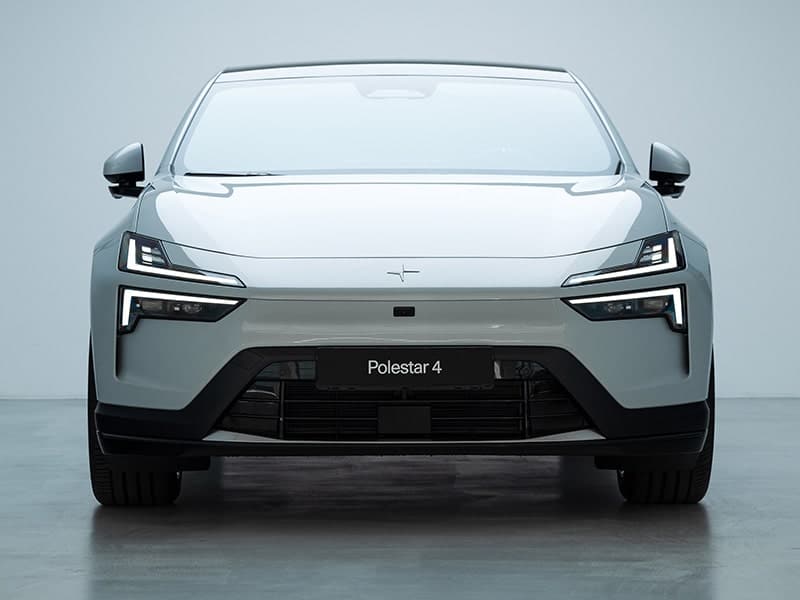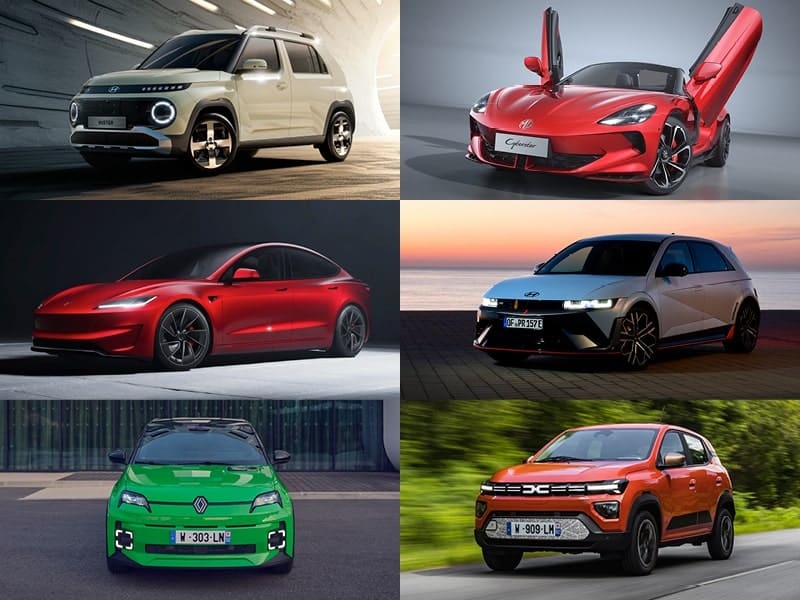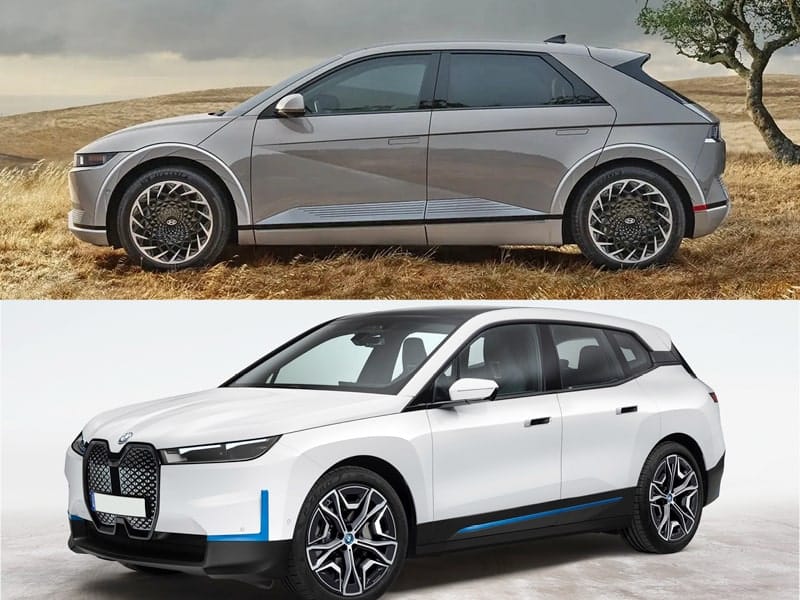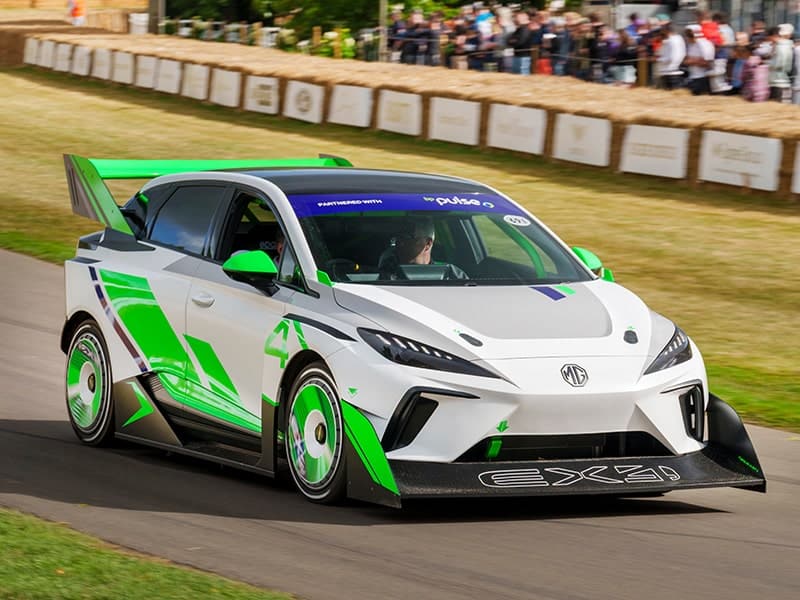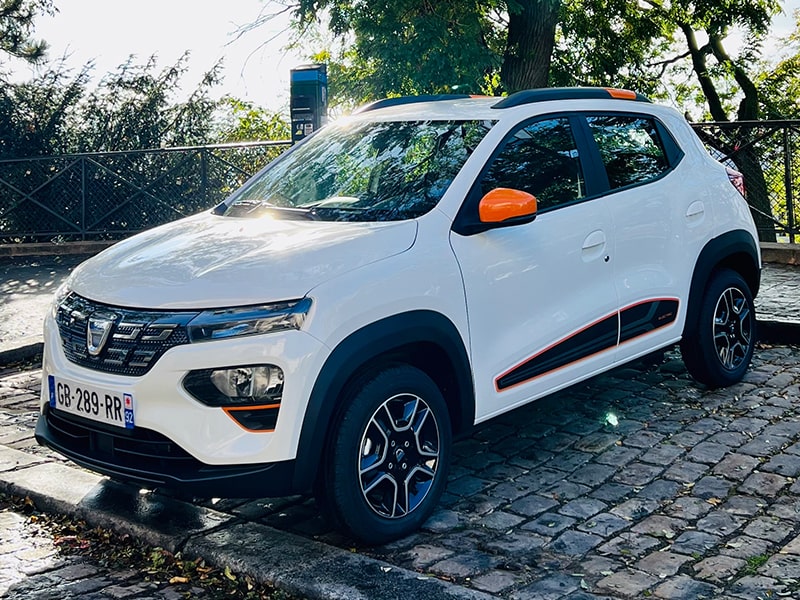
There are many factors to consider when buying a new car. Does it come well-equipped as standard? How big is the boot? How comfy is the seat? Does it find any excuse possible to make infernal bonging noises that make you want to wrap it around the nearest tree just to silence it? Etcetera. (Sorry if that last one seems oddly specific – I’ve been having some disagreements with our e-Niro camera car of late).
And here’s one that probably doesn’t, but perhaps should cross your mind, specifically when buying an electric car: how long has this particular brand been doing EVs?
I bring this up because I drove a prototype Nissan Ariya last week; the long-awaited sequel to the hugely successful Leaf. Nissan released the Leaf way back in 2011, when most brands were still a good half a decade away from taking EVs remotely seriously and even the Tesla Model S was still just a twinkle in Elon’s eye. And do you know what? Sitting in the Ariya I could feel those years of experience.
What does that look like? Take charging for example. With a ceiling of 130Kw, the Ariya is theoretically slower to charge than some of its rivals. But (Nissan claims that) while most cars can only hit their charging top speeds quite briefly, slowing things right down when close to empty or full in order to protect the battery, the Ariya can sit at its stop speed for much longer, thanks to clever battery management systems. That means in reality it may well charge faster than cars with a higher max Kw.
A more palpable example? The ultra-slim battery running the width of the car. In the Leaf, and indeed most EVs, the battery doesn’t extend the full width of the car’s footprint as that would create side-on collision safety issues. Not Ariya. Every centimetre of width is utilised without compromising safety. This is achieved by lining the battery with steel crossbeams, essentially making it structurally integral to the spine of the car. It’s an inspired piece of design, and they did it simply so you can have another inch or so of room for your feet in the cabin.
It’s nerdy, pedantic stuff I know, and I’m not saying this should be the defining factor in your EV selection. But it’s worth keeping in mind. It’s worth noting that the brands who bravely went first with EV, while others sat back waiting for what they deemed a more financially opportune moment, are now reaping the rewards of that experience and applying the learnings to their new cars, while their rivals who arrived late to the party are taking shots in the dark and making silly mistakes as a result.
Watch the episode on Youtube now.
About the author
Jack is a London-based presenter, writer, and expert in all things automotive. A lifelong car fanatic and recovering petrolhead, Jack is a fully converted EV evangelist these days and, prior to joining Fully Charged, spent two years launching and fronting a new EV media brand called Electroheads.




